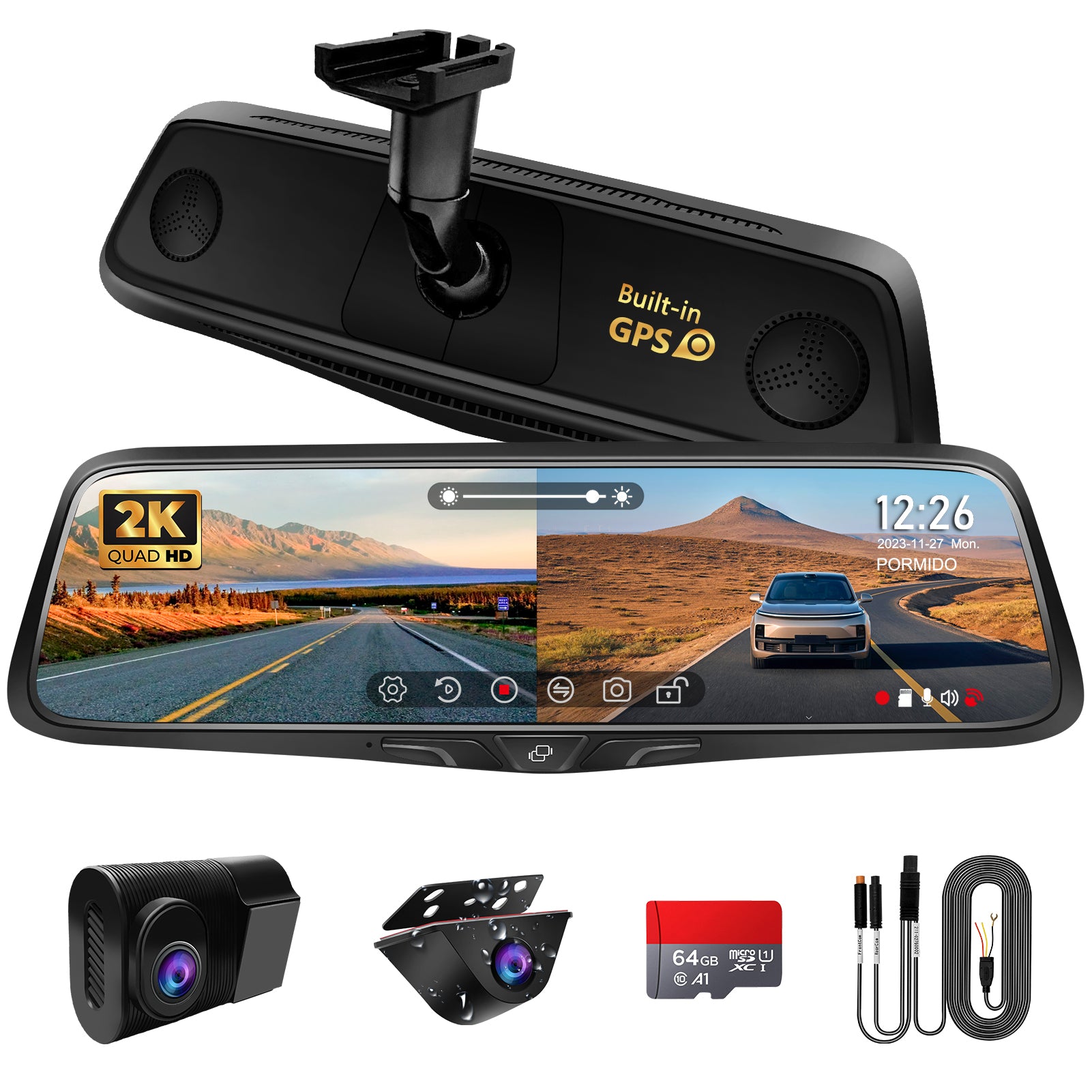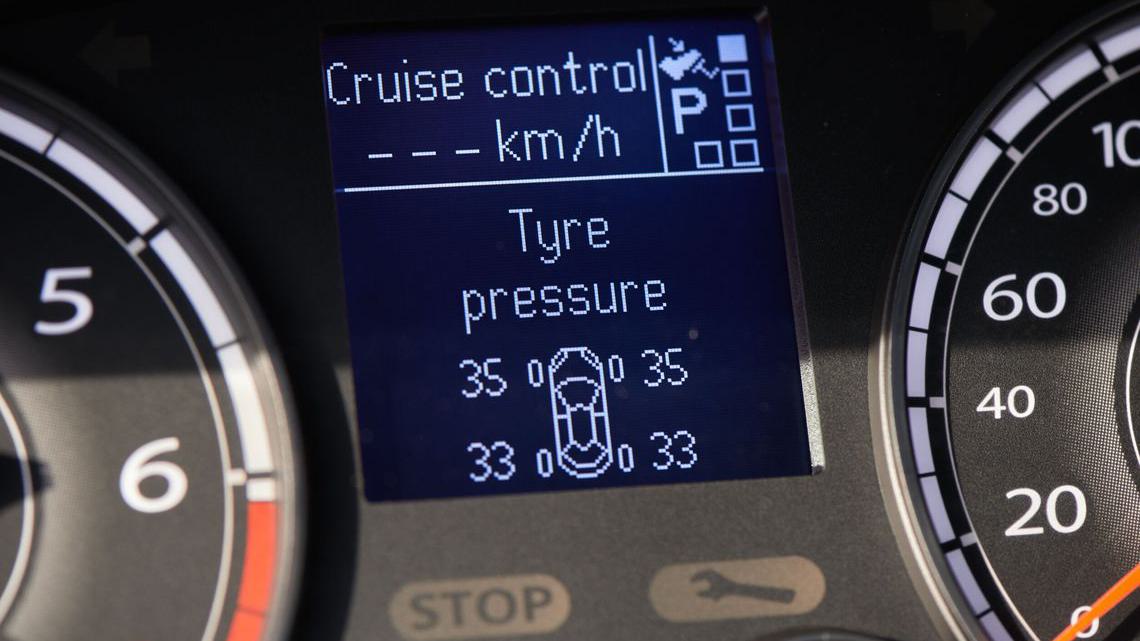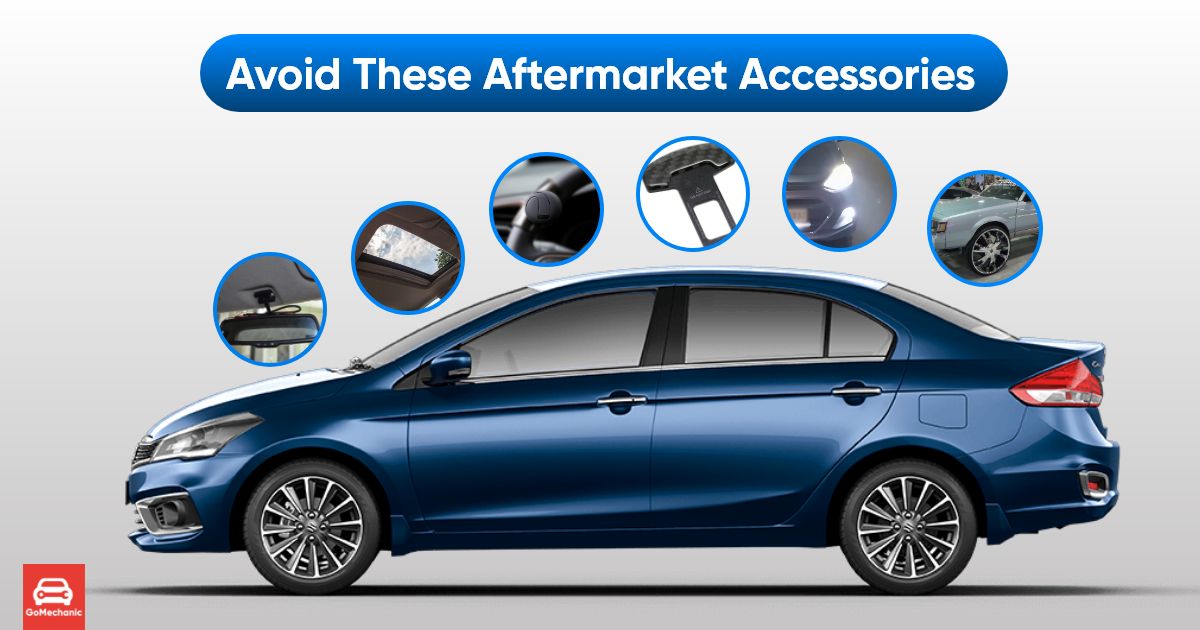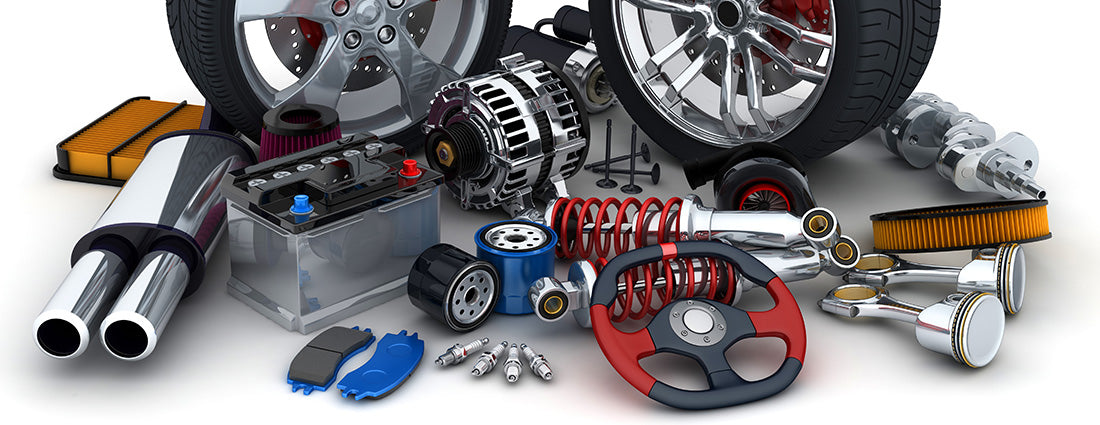
Table of Contents
Automotive Deals- Automotive enthusiasts and everyday drivers alike are constantly seeking ways to enhance their driving experience. With technological advancements, strategic purchases, and smart investments, it’s easier than ever to take your ride to the next level. If you’re looking to make your vehicle safer, more efficient, or simply more enjoyable to drive, consider these 6 Unbelievable Automotive Deals That Will Transform Your Ride.
1. Advanced Driver Assistance Systems (ADAS)

The evolution of automotive technology has led to the rise of Advanced Driver Assistance Systems (ADAS), a suite of features that significantly enhance vehicle safety and driving convenience. These systems, equipped with an array of sensors, cameras, and radar, work together to assist drivers in a variety of ways, from accident prevention to improving overall driving efficiency.
ADAS technology offers an innovative approach to reducing human error, one of the leading causes of road accidents. By integrating intelligent systems into vehicles, it provides a higher level of control and awareness for the driver. Through features like adaptive cruise control, lane departure warnings, and automatic emergency braking, ADAS plays a pivotal role in mitigating the risks associated with everyday driving.
Key Features of ADAS
Lane-Keeping Assist is one of the most prominent features of ADAS, ensuring that the vehicle stays within its lane even when the driver may inadvertently drift. It uses cameras and sensors to detect lane markings, gently steering the car back on course when necessary. This helps to prevent side collisions and reduces the chances of veering off the road in unfamiliar or hazardous conditions.
Adaptive Cruise Control (ACC) is another essential feature found in ADAS-equipped vehicles. Unlike traditional cruise control, ACC automatically adjusts the vehicle’s speed to maintain a safe distance from the car ahead. This function is especially useful in high-traffic conditions, reducing the need for manual adjustments to speed, thereby minimizing driver fatigue during long drives.
Additionally, Automatic Emergency Braking (AEB) can potentially save lives by detecting an impending collision and applying the brakes automatically. This system provides an added layer of protection when a driver fails to react in time, preventing or reducing the severity of a crash. Similarly, Blind Spot Detection alerts the driver to vehicles in their blind spots, which is critical for safe lane changes and preventing side collisions.
Benefits of ADAS
The primary benefit of ADAS is its ability to enhance driver safety. With accident statistics indicating that human error contributes to over 90% of traffic accidents, these systems serve as an invaluable aid in reducing such incidents. By providing real-time feedback and intervening when necessary, ADAS offers drivers an added layer of protection that is especially useful in complex driving environments.
Another advantage of ADAS is its contribution to driver comfort and convenience. Adaptive features such as adaptive headlights that adjust to road conditions, and traffic sign recognition that alerts the driver to upcoming signs, help to improve the overall driving experience. With fewer manual tasks to manage, drivers can focus more on the road ahead, ensuring a smoother and more efficient journey.
Future of ADAS
Looking ahead, Advanced Driver Assistance Systems are only expected to improve. As vehicle technology evolves, the integration of Artificial Intelligence (AI) and machine learning will enhance the capabilities of these systems, allowing them to predict potential hazards even more accurately. Furthermore, as the development of autonomous vehicles progresses, ADAS is expected to serve as a crucial stepping stone toward fully self-driving cars, where the vehicle will take over much of the driving responsibility.
In conclusion, ADAS represents a transformative leap in automotive safety and convenience. With its ability to prevent accidents, assist drivers, and contribute to overall driving efficiency, these systems are an indispensable part of modern vehicles. As technology continues to advance, ADAS will undoubtedly evolve, becoming even more integrated and essential in ensuring safer, more enjoyable driving experiences.
2. Dash Cams with GPS and Night Vision

In the ever-evolving landscape of automotive technology, dash cams with GPS and night vision have become indispensable tools for drivers who prioritize safety, security, and documentation. These advanced devices not only capture every moment on the road but also enhance the driving experience by integrating high-tech features that offer unparalleled peace of mind.
The Power of Dash Cams
Dash cams have gained immense popularity in recent years, primarily for their ability to provide objective evidence in the event of an accident. However, the integration of GPS functionality and night vision technology takes these devices to a whole new level. The GPS module embedded in these dash cams allows the recording of not only the vehicle’s actions but also its precise location, speed, and route. This feature becomes invaluable in the event of an incident, providing a trail of data that can be used for insurance claims, legal purposes, or simply as a tool for peace of mind.
Enhancing Visibility with Night Vision
The inclusion of night vision is one of the standout features of modern dash cams. Night driving can often present significant challenges, particularly when it comes to visibility. Standard cameras may struggle to capture clear footage in low-light conditions, but dash cams equipped with night vision use infrared technology to ensure clear, crisp video capture even in the darkest environments. This feature dramatically improves the reliability of footage in a range of driving conditions, including during nighttime travel or in poorly lit areas, making it easier to capture essential details when they matter most.
GPS Tracking for a Comprehensive Record
The GPS functionality of these dash cams offers an added layer of convenience and security. By tracking the precise location and speed of the vehicle, it ensures that every event is documented with accuracy. This becomes especially important in high-speed or complex situations, where traditional eyewitness accounts may be unreliable. The GPS data provides an unambiguous record of the vehicle’s movements, ensuring that any disputes about the events leading up to an incident can be resolved with hard evidence.
Seamless Integration and User-Friendly Design
Dash cams with GPS and night vision are designed to be intuitive and easy to use. Most models offer simple installation and seamless integration with the vehicle’s electrical system, requiring minimal intervention from the driver. Once set up, the device functions autonomously, recording footage in real-time and providing continuous protection. Many models also offer cloud storage capabilities, enabling users to store and access their footage remotely, ensuring that critical data is never lost.
The combination of GPS tracking and night vision technology in dash cams is a game-changer for modern drivers. Whether you’re navigating the streets during the day or traveling at night, these devices offer comprehensive security, ensuring that every moment on the road is captured with clarity and precision. From providing vital evidence in case of an accident to offering unparalleled visibility in low-light conditions, dash cams with GPS and night vision represent an essential addition to any vehicle, providing both protection and peace of mind.
3. Tire Pressure Monitoring Systems (TPMS)

In today’s fast-paced automotive world, Tire Pressure Monitoring Systems (TPMS) have become a crucial safety feature that no modern vehicle should be without. This advanced technology plays a pivotal role in ensuring optimal tire health, enhancing vehicle performance, and improving overall safety on the road.
The Importance of Proper Tire Pressure
Maintaining correct tire pressure is essential not only for the longevity of the tires but also for maximizing fuel efficiency and maintaining the safety of the vehicle. Under-inflated tires can lead to reduced traction, longer braking distances, and increased risk of blowouts, especially in high-speed scenarios. On the other hand, over-inflated tires can lead to quicker tread wear, a bumpier ride, and reduced grip on the road.
This is where Tire Pressure Monitoring Systems (TPMS) come into play. By continuously monitoring the tire pressure, this system alerts the driver whenever the pressure drops below a safe level, preventing potential dangers before they occur.
How TPMS Works
The technology behind TPMS is relatively simple, yet incredibly effective. Sensors embedded within each tire measure the air pressure and relay that information to the vehicle’s onboard computer system. There are two main types of TPMS: direct and indirect.
- Direct TPMS: This system uses sensors located within the tire, often attached to the valve stem. These sensors provide real-time, accurate readings of tire pressure and send the information to the vehicle’s dashboard display. If the pressure falls below the manufacturer’s recommended level, a warning light will appear on the dashboard.
- Indirect TPMS: This system works by measuring the rotational speed of the tires using the vehicle’s ABS system. If the system detects a significant difference in the speed of a tire, it assumes that the tire is underinflated and triggers the warning light.
Both systems provide crucial feedback, but direct TPMS tends to be more precise and reliable.
Enhancing Safety and Performance
The primary benefit of a Tire Pressure Monitoring System (TPMS) is its ability to alert the driver to any irregularities with the tire pressure before they escalate into more serious issues. This helps prevent accidents caused by tire blowouts or loss of traction. Additionally, TPMS improves overall vehicle performance by ensuring that the tires are properly inflated, which results in better fuel efficiency, smoother handling, and a more comfortable ride.
A well-maintained tire with the correct pressure also ensures optimal tire wear. This leads to longer tire life, saving the driver money on tire replacements in the long run. Furthermore, properly inflated tires provide better road contact, which enhances braking and cornering performance, ensuring the vehicle is safer and more responsive.
The Environmental Impact
In addition to the safety and performance benefits, TPMS contributes to environmental sustainability. When tires are properly inflated, the vehicle consumes less fuel because the engine doesn’t have to work as hard to compensate for underinflated tires. This can lead to a reduction in overall greenhouse gas emissions, making TPMS a vital component in eco-friendly driving practices.
Tire Pressure Monitoring Systems (TPMS) are more than just a luxury feature—they are a necessity for any modern vehicle. Offering real-time feedback on tire pressure, these systems ensure that the vehicle operates efficiently, safely, and environmentally responsibly. By preventing blowouts, enhancing fuel efficiency, and extending tire life, TPMS offers long-term benefits for both the driver and the environment. As such, incorporating this technology into your vehicle is not only a smart choice but a crucial step toward safer and more efficient driving.
4. Blind Spot Detection Systems
Blind spot detection systems are becoming an essential safety feature in modern vehicles, offering an added layer of security for both drivers and passengers. As the name suggests, these systems are designed to identify vehicles that are in a driver’s blind spot, areas that are difficult or impossible to see through mirrors. With the increasing number of accidents caused by lane changes and merging, blind spot detection systems have proven to be an indispensable innovation in the pursuit of safer roadways.
How Blind Spot Detection Works
Blind spot detection systems typically utilize a combination of radar, cameras, and sensors to monitor the space alongside and behind a vehicle. These sensors continuously scan the area surrounding the vehicle, focusing specifically on the blind spots. When another vehicle enters this area, the system triggers a warning to alert the driver.
Most systems activate an indicator light on the side mirror, usually in the form of a small amber light that illuminates when a vehicle is detected in the blind spot. In some cases, the system may also provide an audible alert or haptic feedback, such as vibrations in the steering wheel, if the driver attempts to change lanes while a vehicle is in the blind spot.
Benefits of Blind Spot Detection
The primary benefit of blind spot detection systems is the enhancement of situational awareness. Drivers often struggle to detect vehicles approaching from behind or alongside, especially in congested traffic or while attempting to merge onto highways. Blind spots are notorious for being difficult to monitor, but with the help of advanced sensors, these systems help eliminate the risk of accidents caused by a lack of visibility.
By alerting the driver to the presence of another vehicle, blind spot detection systems can help prevent collisions that might otherwise occur during lane changes or merging maneuvers. This is particularly important in high-speed environments, where a small lapse in judgment can result in catastrophic outcomes.
Integration with Other Safety Features
Blind spot detection systems are often integrated with other advanced driver assistance technologies to create a more comprehensive safety suite. For instance, some vehicles combine blind spot detection with lane departure warning systems, which alert the driver if they unintentionally drift out of their lane without signaling. In higher-end models, these systems can even be coupled with lane-keeping assist, which automatically steers the vehicle back into its lane if it detects an unintended lane change.
This synergy between multiple safety technologies helps drivers stay more aware of their surroundings and reduces the likelihood of accidents. When paired with features such as adaptive cruise control and automatic emergency braking, blind spot detection becomes part of a holistic approach to accident prevention.
The Impact on Driver Behavior
The presence of a blind spot detection system can significantly alter a driver’s behavior on the road. With the added confidence that blind spots are being monitored, drivers may feel more secure when changing lanes or merging onto highways. This sense of security can lead to safer driving habits and encourage drivers to rely on the technology rather than their own limited visibility.
However, while these systems are highly effective, it’s crucial to remember that they are not a substitute for careful driving. Blind spot detection is a supplemental tool, and drivers should always check their mirrors and perform a shoulder check before making any lane change.
Incorporating a blind spot detection system into a vehicle can drastically improve driver safety by providing an extra layer of awareness. These systems enhance visibility in critical areas, reduce the likelihood of accidents, and contribute to safer roadways for all. As vehicle technology continues to evolve, blind spot detection remains one of the most important advancements in automotive safety, transforming how drivers interact with their surroundings and making the road a safer place for everyone.
5. Rear-View Cameras and Parking Sensors
One of the most frustrating and potentially dangerous driving scenarios is trying to park in tight spaces. The added stress of reversing or parallel parking can sometimes lead to collisions or scratches. Enter Rear-View Cameras and Parking Sensors, two automotive upgrades that make these tasks significantly easier and safer.
Rear-view cameras provide a clear, wide-angle view of what’s behind your vehicle, displaying the image on a dashboard screen to help you navigate obstacles with ease. When paired with parking sensors, which emit audible alerts when objects are detected nearby, these systems give you an extra layer of protection while reversing. Together, they transform parking from a potentially stressful experience into a simple and secure task.
6. Emergency Roadside Kits with Smart Integration
Even with the best preparation, car trouble can strike when least expected. That’s why having an Emergency Roadside Kit with Smart Integration is a game-changer. These kits include all the essentials, such as jumper cables, tire repair tools, and emergency lighting. However, the integration of smart technology takes these kits to the next level.
Many modern smart roadside kits come with features like Bluetooth connectivity, allowing you to pair the kit with a mobile app for step-by-step assistance. Some even offer location tracking to help first responders find you quickly in case of an emergency. With smart devices providing real-time updates, you can rest assured that you have the tools and information you need to handle any roadside emergency, whether it’s a flat tire or an engine failure.
Conclusion: Driving Into the Future with Unbelievable Deals
These 6 Unbelievable Automotive Deals That Will Transform Your Ride offer more than just luxury—they provide real, tangible benefits that enhance the safety, efficiency, and enjoyment of driving. Whether you’re looking to upgrade your vehicle’s technology with ADAS, ensure your safety with blind spot detection, or simplify parking with rear-view cameras, these investments offer lasting value and peace of mind.
In the fast-paced automotive world, staying ahead of the curve is crucial. As manufacturers continue to innovate and offer new technology, drivers now have the opportunity to enhance their rides without breaking the bank. By embracing these smart, game-changing deals, you can transform your vehicle into a safer, more efficient, and more enjoyable driving experience.




